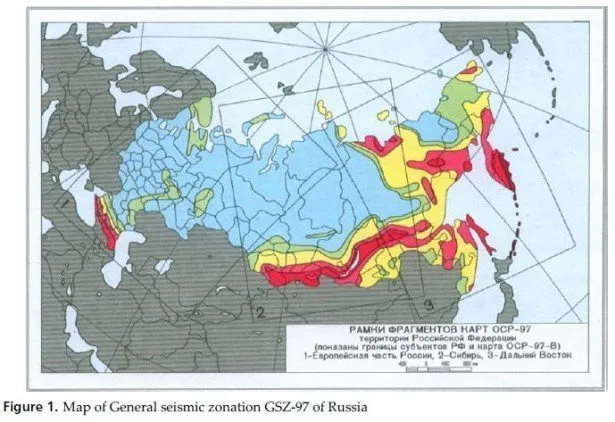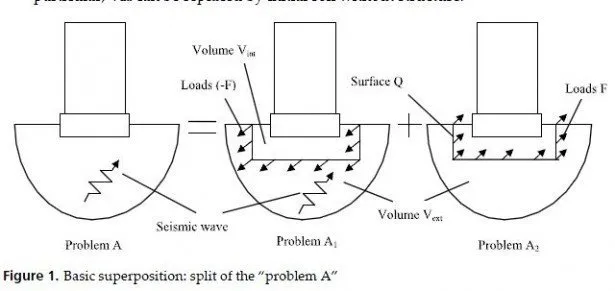This document describes the authors efforts in addressing the technical component of embankment prioritization, and is well suited to a reliability-based model for seismic risk assessment. A methodology is presented to quickly conduct seismic assessment and ranking of bridge embankments in order to identify and prioritize those embankments that are highly susceptible to failure. The step-by-step methodology is provided in a flowchart that is specifically designed to ensure minimal effort on behalf of the engineer/researcher.
The proposed ranking model is useful for a quick sensitivity assessment of the effect of various site conditions, earthquake magnitudes, and site geometry on possible movement of a designated embankment. The methodology was applied on 127 bridge embankments on a priority route in western Kentucky in order to identify and prioritize the embankments, which are susceptible to failure. Data regarding soil types and depth of bedrock is not available for the majority of the 127 bridge embankments of I-24 in western Kentucky.
However, obtaining detailed geo-technical investigations and sophisticated models are typically limited because of the associated cost and effort. The methodology outlines possible approaches to predict the unavailable information regarding a bridge embankment site. The embankment geometry, material, type of underlying soil, elevation of the natural ground line, and upper level of bedrock are the variables of each embankment. Seismic slope stability capacity/demand ratio, displacement, and liquefaction potential of each bridge embankment along I-24 in western Kentucky are estimated. Three categories are presented to identify the failure risk and provide a priority list of the embankments. The seismic vulnerability during projected 50-year, 250-year, and 500-year seismic events are obtained and the associated seismic performance criteria are examined. An example of seismic ranking and prioritization of bridge embankments along I-24 in McCracken County in western Kentucky is presented. The priority list enables decision makers to take appropriate actions.



